Reflective Materials Market Summary
As per MRFR analysis, the Reflective Materials Market Size was estimated at 71.06 USD Billion in 2024. The Reflective Materials industry is projected to grow from 77.25 USD Billion in 2025 to 178.11 USD Billion by 2035, exhibiting a compound annual growth rate (CAGR) of 8.71 during the forecast period 2025 - 2035.
Key Market Trends & Highlights
The Reflective Materials Market is poised for growth driven by technological advancements and sustainability initiatives.
- North America remains the largest market for reflective materials, driven by robust demand in construction and automotive sectors.
- Asia-Pacific is emerging as the fastest-growing region, with increasing investments in infrastructure and safety applications.
- The Microprismatic segment holds the largest market share, while the Glass segment is witnessing rapid growth due to its innovative applications.
- Key market drivers include the growing demand in the construction sector and the increased focus on safety regulations, which are shaping industry dynamics.
Market Size & Forecast
| 2024 Market Size | 71.06 (USD Billion) |
| 2035 Market Size | 178.11 (USD Billion) |
| CAGR (2025 - 2035) | 8.71% |
Major Players
3M (US), Avery Dennison (US), Reflective Solutions (US), Nippon Carbide Industries (JP), Orafol (DE), Hexis (FR), Lintec Corporation (JP), Sika AG (CH), Mactac (US)
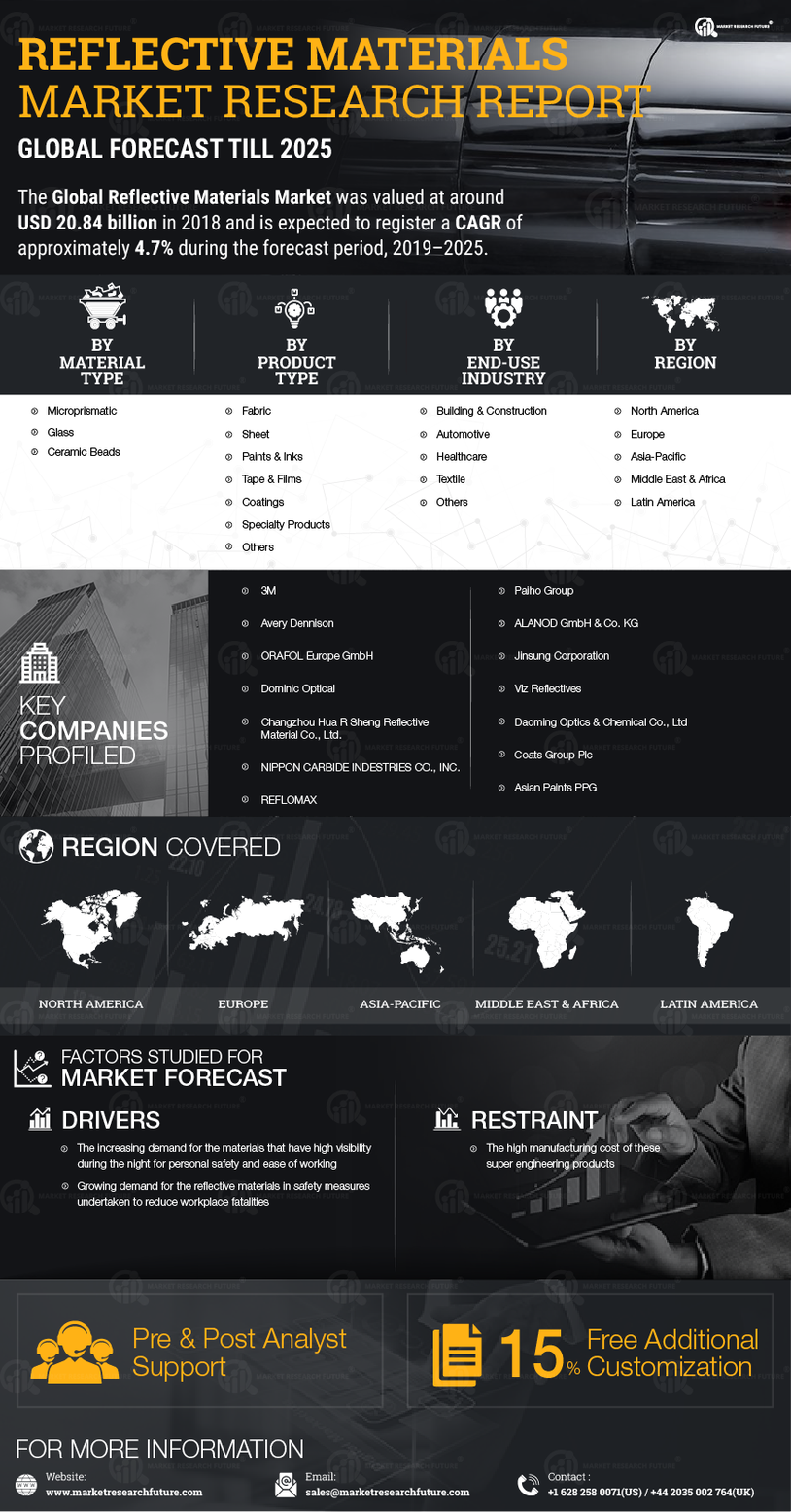

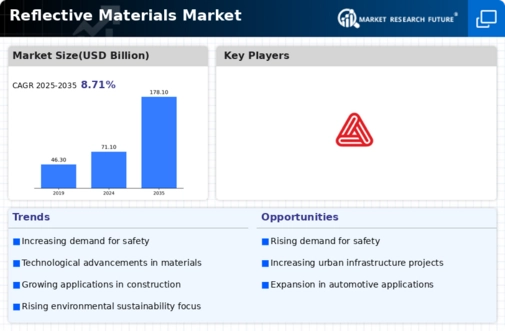
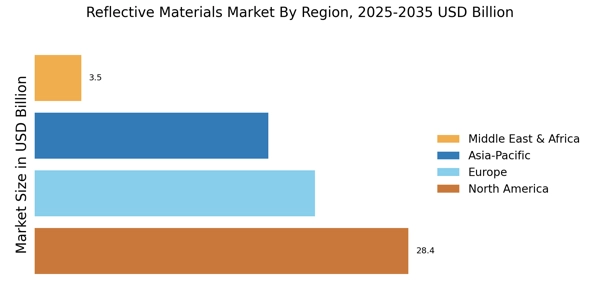

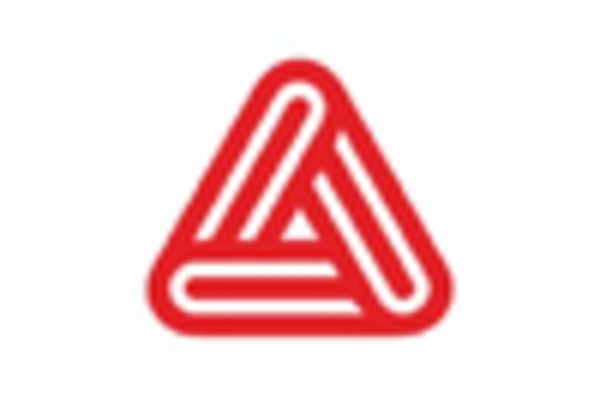
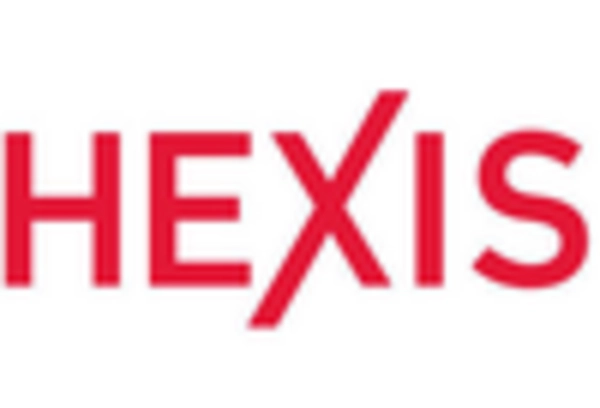
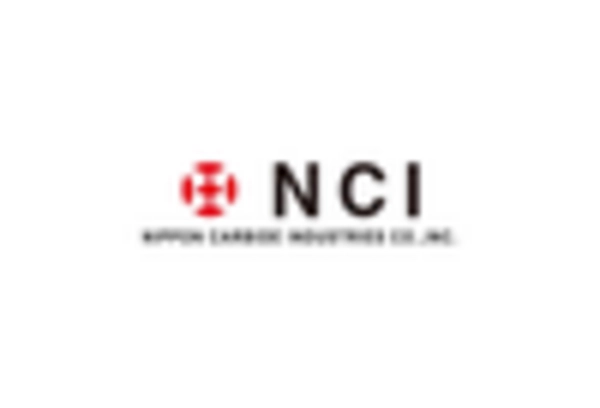
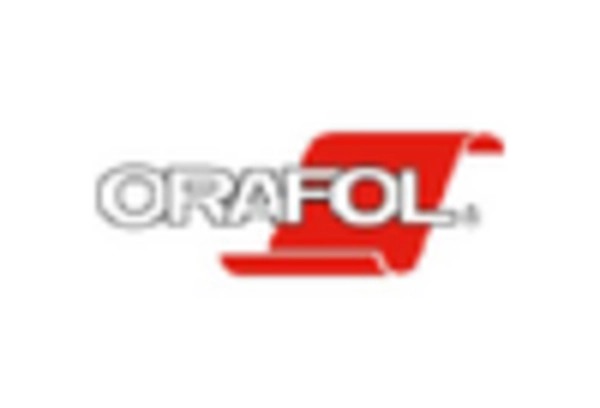
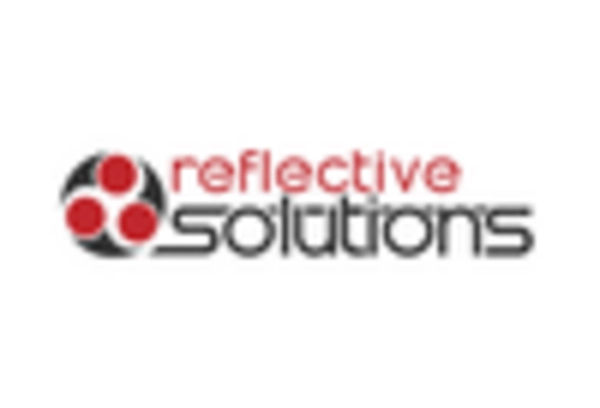








Leave a Comment